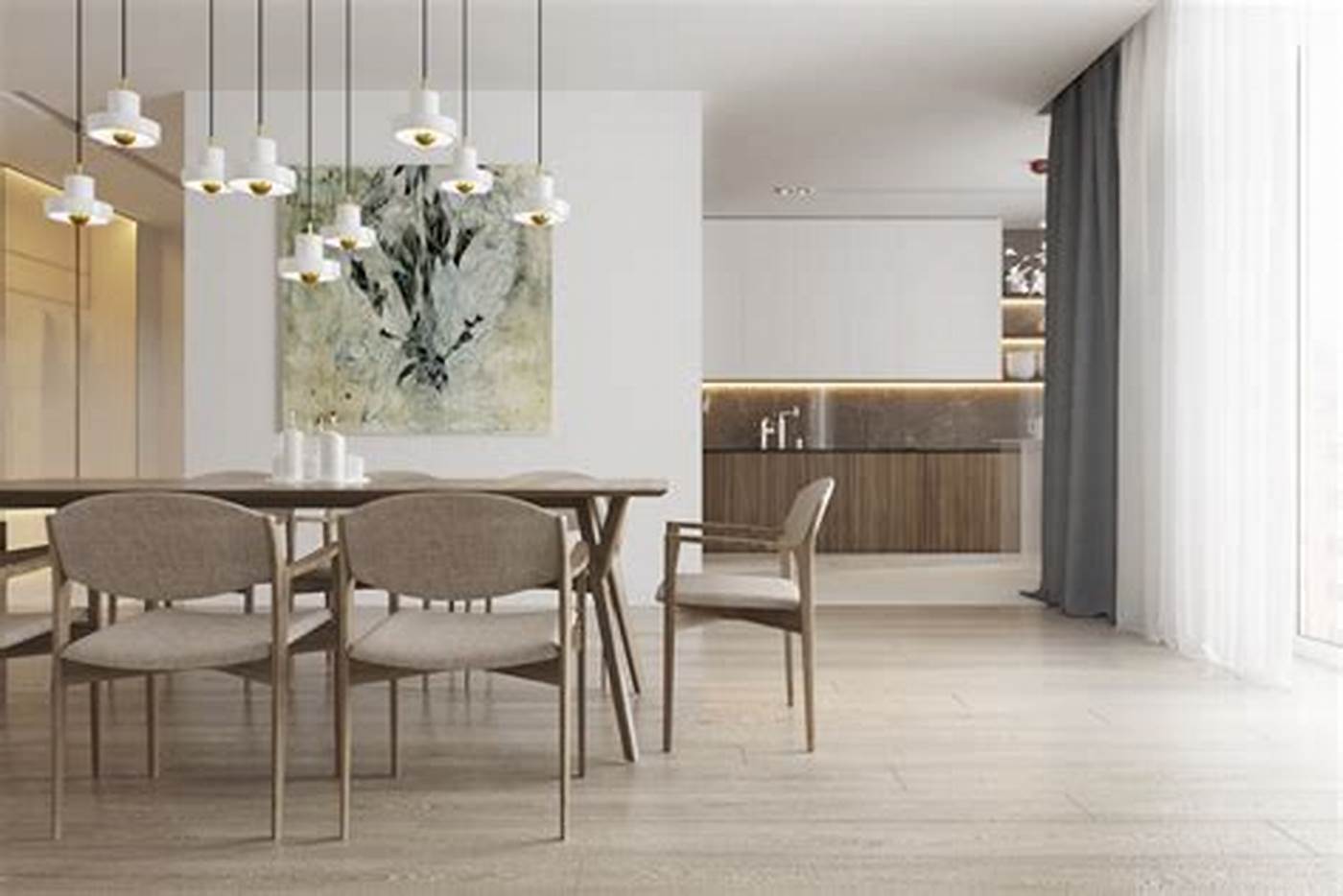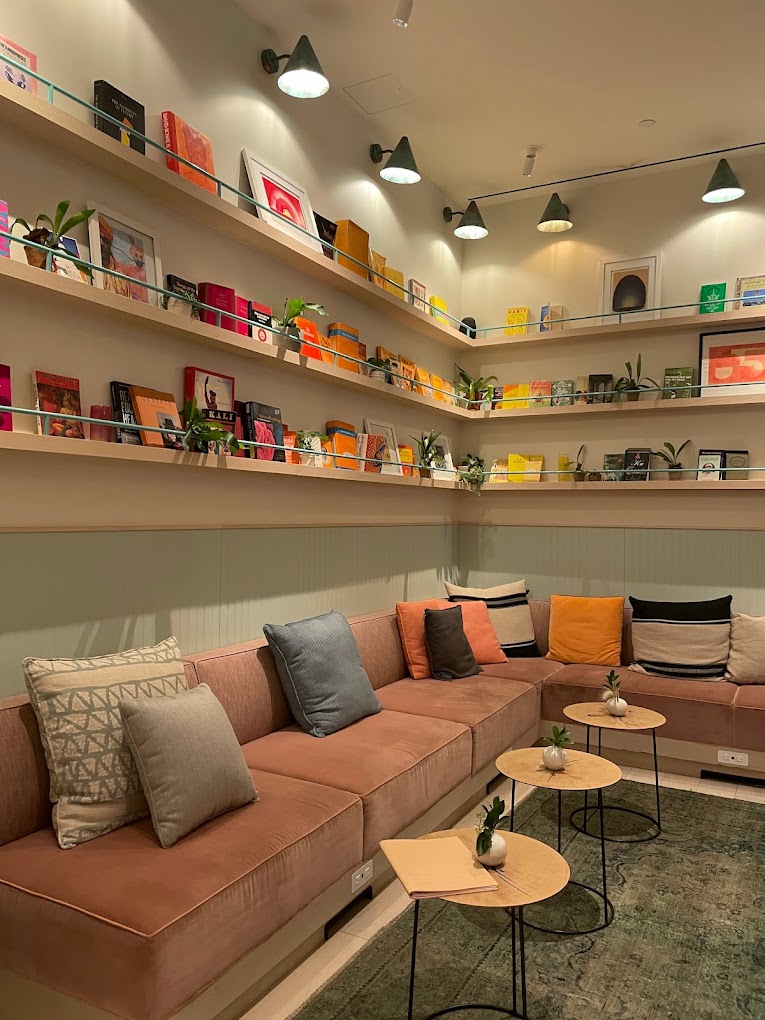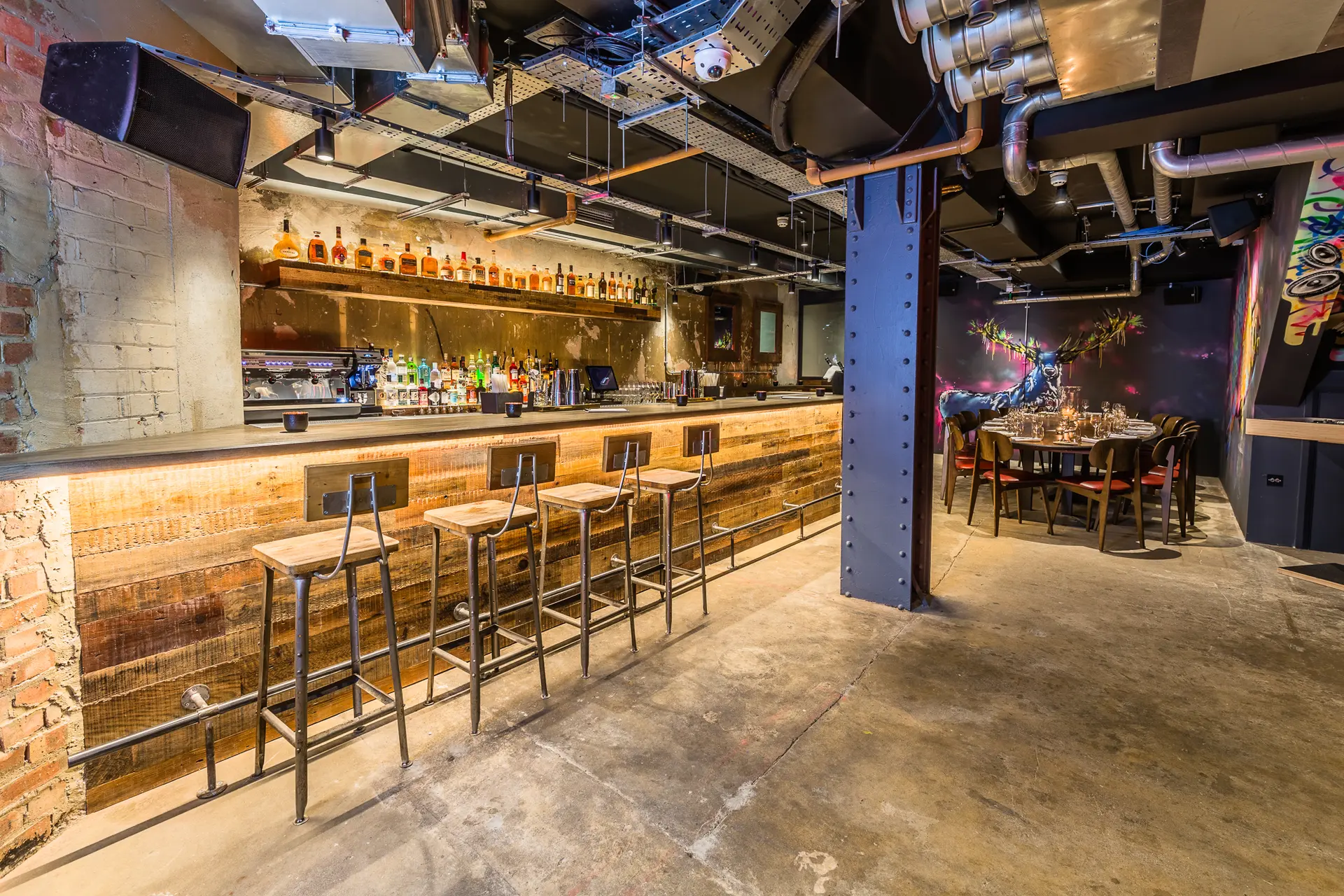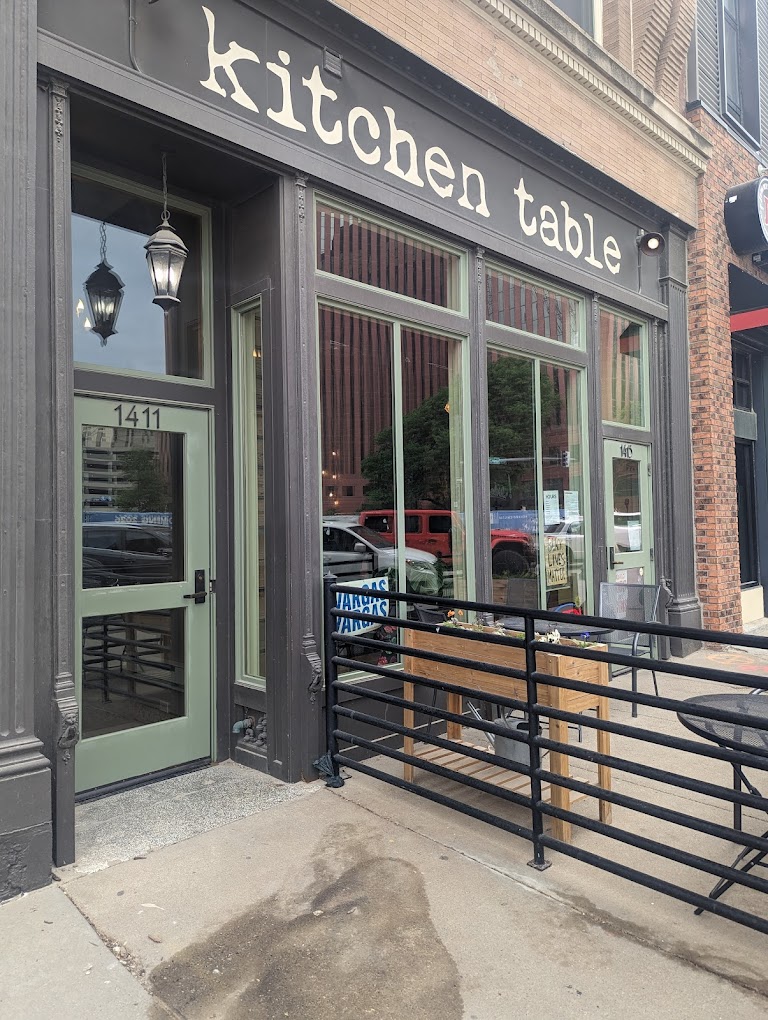When designing any dining space, one of the key considerations is determining where to optimally place and hang lighting fixtures above the table. Suspending pendants and chandeliers too high can lead to shadows and dark spots on the table surface. Yet positioning them too low can create glare in diners’ eyes and obstruct movements and sight lines during meal service. By following recommendations on ideal clearance and positioning, you can ensure your dining table lighting provides ambient illumination without detracting from the meal or conversation.

The Standard Recommended Height Range
The generally accepted height guideline for hanging dining room chandeliers and pendants is to allow 30-34 inches from the bottom of the light fixture down to the dining table top surface. This provides ideal illumination on the table itself while minimizing glare and visibility issues for those seated around the dining space.
Pendants and chandeliers hung in this range put the central lighting mass largely above eye level for most seated diners, reducing glare while still projecting adequate downward light. Fixtures mounted significantly higher than 34 inches often fail to fully light the table area. Meanwhile, fixtures lower than 30 inches start to impede lines of sight and overhead serving access.
Factor in the Size of Your Dining Table
When deciding on appropriate chandelier and pendant heights, take into account the size and dimensions of your dining table itself. For very wide or lengthy tables, consider increasing hanging height a few extra inches to ensure light fully reaches across the entire table surface area. Smaller intimate dining tables can potentially accommodate fixtures hung on the lower end of the 30-34 inch range without seeming crowded overhead.
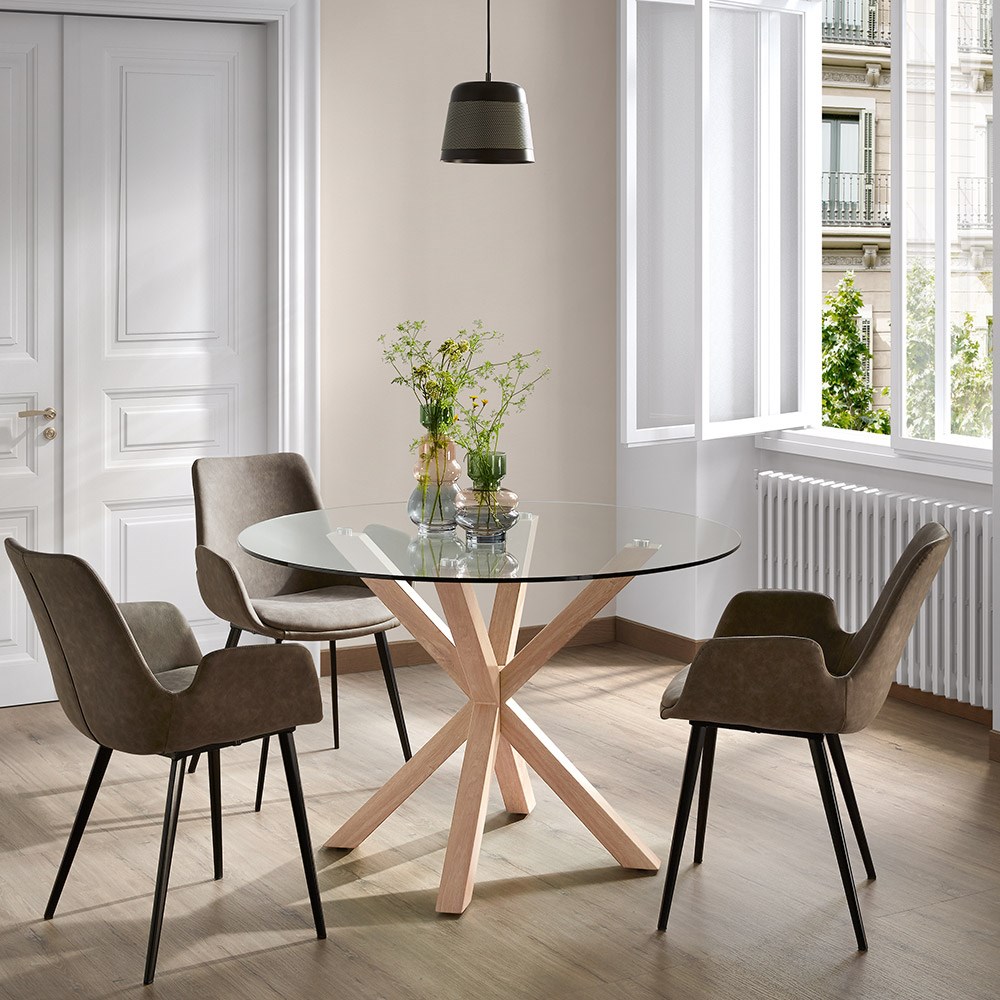
Mind the Height of Your Dining Chairs
Standard dining chair seat height is usually around 30-31 inches. However, you may have barstools, chairs with tall backs, or upholstered dining chairs that add several more inches of height. Make sure your chosen hanging height doesn’t conflict with the chair heights around your table, which could obstruct conversation between seated guests. If your chairs sit higher, raise lighting up accordingly.
Adjust for the Ceiling Height of the Dining Space
The ceiling height of your particular dining room or eat-in kitchen also determines viable fixture hanging heights. Rooms with dramatic two-story ceilings offer ample vertical space to suspend statement chandeliers lower for visual impact. Conversely, dining spaces with 7-8 foot ceilings benefit from pendant lights hung towards the higher end of the range to avoid appearing too crowded.
Strive for Symmetrical, Centered Layouts
Ideally, dining fixtures should be arranged symmetrically in centered layouts above the table for the most even cast of light. Chandeliers, in particular, illuminate best when installed directly over the center of the table, not off-center over one edge or section. For long tables, using two matching pendants spaced evenly over the center parallel to the long table sides creates pleasant symmetry.
Leave Breathing Room Between Fixtures and Table Surface
When suspending pendants or chandeliers over a dining table, allow at least 10 inches of clearance between the bottom of the fixture and the tabletop. This prevents chains, cords, and lighting elements from interfering with table décor, serving dishes, or seating. For larger statement chandeliers, keep scale and size proportional to your table so the fixture doesn’t feel overly imposing.
Install Fixtures Allowing for Adjustability
Look for dining lighting fixtures mounted on adjustable cables, rods, or pulley systems so you can tweak the height as needed even after installation. Initially hanging lights at the highest feasible level gives you room to lower fixtures down gradually until optimal illumination is achieved. Just don’t start too low.
Layer Tabletop and Ambient Lighting Together
When designing dining lighting, also incorporate tabletop lamps, wall sconces, accent lighting, and other layers to provide both general ambient illumination and more focused task lighting on diners and tabletop activities. Combining multiple fixtures creates the best dining experience.
By honoring these suggested hanging heights and placements for primary overhead lighting, any dining space can achieve a well-lit table without compromising aesthetic appeal, comfort, or functionality. Properly positioned fixtures help make dining a truly bright experience.






